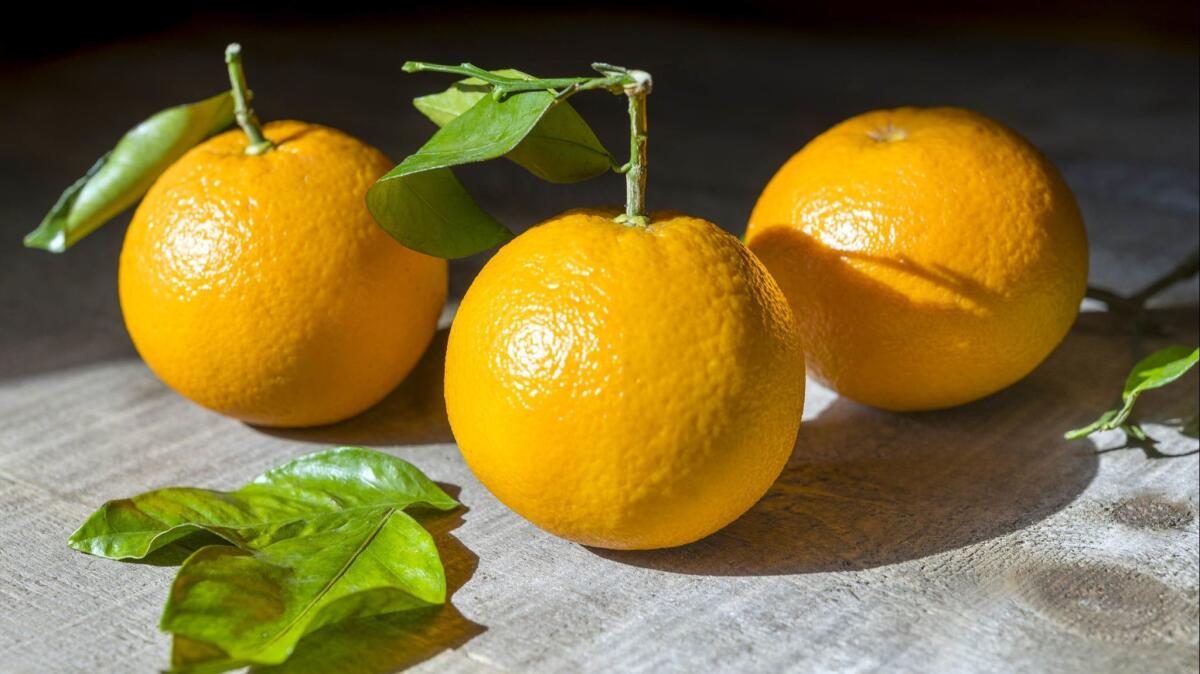On writing the things that scare us most: Stories of death and love

- Share via
I came to know death through short stories. I was nine years old. The only human I knew who had died was our elderly next door neighbor, and my four siblings and I only saw the ambulance. Closed doors and red light — not the man, who had a heart attack. We never saw him again. I had read “Charlotte’s Web” and “My Friend Flicka” and “The Yearling.” I had seen pets and wild animals die. But then I was given a book I still have: Alfred Hitchcock’s “Spellbinders in Suspense,” one of his many anthologies of short stories by famous writers for young readers. (Seriously.)
“The Birds” was terrifying, but I did not live near the ocean. The two stories that horrified me were “The Man Who Knew How,” by Dorothy Sayers, because that man killed women by pulling up their feet while they were in the bathtub. We had a bathtub. I tried to stay out of it, for a period of time. But the other story was “The Most Dangerous Game,” by Richard Connell. Men are brought by boat to a remote island and hunted by a rich guy who stalks them. With a gun. For sport. To declare his primacy, his ownership of life, his entitlement.
That was the story that gave me nightmares. For weeks, I walked to school and in the orange groves near my house, in the foothills and on the sidewalk, sure a man might decide to replicate that hunting. And now this is a fear of many Americans. It took me a year to write “The Princess of Valencia,” my most recent short story, because it was so terrifying to imagine, this visceral fear of the random. Of the stalking. A year sounds like an insanely inefficient use of time, for those who are not lovers of story, of the form in which an entire world can be created in short fiction. People ask writers about the seed for a story. For this one, I did not begin with death. I began with oranges.
I saw as if it really happened: a blue bowl of navel oranges, brought to a coastal city in Northern California from a grove in Santa Ana by a mother, whose daughter is a college student there. The daughter has lived for three weeks in an apartment with the boy she loves, a king of popularity. His two friends want her gone, because she interferes with Call of Duty and Tinder. She’s all wrong, with her Spanish last name, her brown skin, her Orange County heritage. She saw the boys, smirking, approach the blue bowl, take oranges and try to pierce their rinds with plastic straws, as in a juice commercial. Then I saw these friends, just having finished Call of Duty, and two rich blonde girls, all of them making fun of the oranges, of the girl whose mother picked the oranges herself near the old cement cistern that held the irrigation water brought from the Santa Ana River for a hundred years.
But I realized it was the mother telling the story, and she sees these things only on screens. Her daughter’s cell phone. Her laptop, FaceTime with her daughter, a junior at that college. I knew from the first line of the story that it was about death, and how for this mother, trying to reconstruct her child’s life via Instagram and texts, there would be no closure because closure cannot be had when your child has lost her life because of a random ten minutes.
I began the story with one orange, but I knew it was really about the daughter being lost and about the mother’s immense sadness that her daughter had tried so hard to gain a boy’s love, to bring him oranges and cook for him when his friends want only GrubHub, to consider a future when the boys want only Tinder. He is told to swipe left, swipe left. Ten minutes she spends trying to be a woman he might love — those ten minutes cost her life.
By high school, I had read hundreds of stories about death or the implication of imminent murder: “Where Are You Going, Where Have You Been?” by Joyce Carol Oates, novels such as “Go Tell It On the Mountain” by James Baldwin where the younger brother Roy is stabbed and, of course, Stephen King’s “Carrie,” wherein the young woman tortured by her mother and classmates exacts her famous bloody revenge. Those are personal, horrifying and tactile and intimate, deaths. By college, a boy had been killed on my street, with a baseball bat; another friend had stood in front of a train; other friends shot in drug deals or gang violence, beaten with fists and tire irons. I had learned how to mourn.
But we had not been brought to an island. “The Most Dangerous Game” was originally published in 1924. The hunter populates his range. How are we stalked now, for deeply entrenched sociopathic hatred or rejection, for fame or recognition? In my story, as the mother resurrects the last weeks of her child’s life, on her cell phone, I suddenly saw other screens: television screens in bars and airports — the moment of impact, when a bullet hits a beloved child, is shown continuously all over the world.
I remember when the Zodiac Killer found Cheryl Jo Bates at Riverside City College and when my husband and I kept our windows closed during the stifling heat of summer because of The Night Stalker. We talked about being scared of serial killers and ordinary men, about being cautious on the street because he was black and I was white, about how frightened we were of police because we’d been at the other end of the gun. When we had daughters, our fears were magnified, but we never thought society would return to the random cruelty of the American past, which had been about random cruelty, the amorphous, the invisible, the visceral fear of not knowing, war within the nation when the enemy rises inside ourselves. It is the end of love. It is a story.
Straight’s short story “The Princess of Valencia” was published by Amazon Original Stories. Her memoir, “In the Country of Women,” is forthcoming from Catapult.
Susan Straight will appear at 3 p.m. April 21 at the Festival of Books on the panel “The Art of the Short Story” with Elizabeth Crane Brandt (“Turf”), Scott O’Connor (“A Perfect Universe”) and Daniel A. Olivas (“The King of Lighting Fixtures”), moderated by Matthew Spector.
More to Read
Sign up for our Book Club newsletter
Get the latest news, events and more from the Los Angeles Times Book Club, and help us get L.A. reading and talking.
You may occasionally receive promotional content from the Los Angeles Times.








